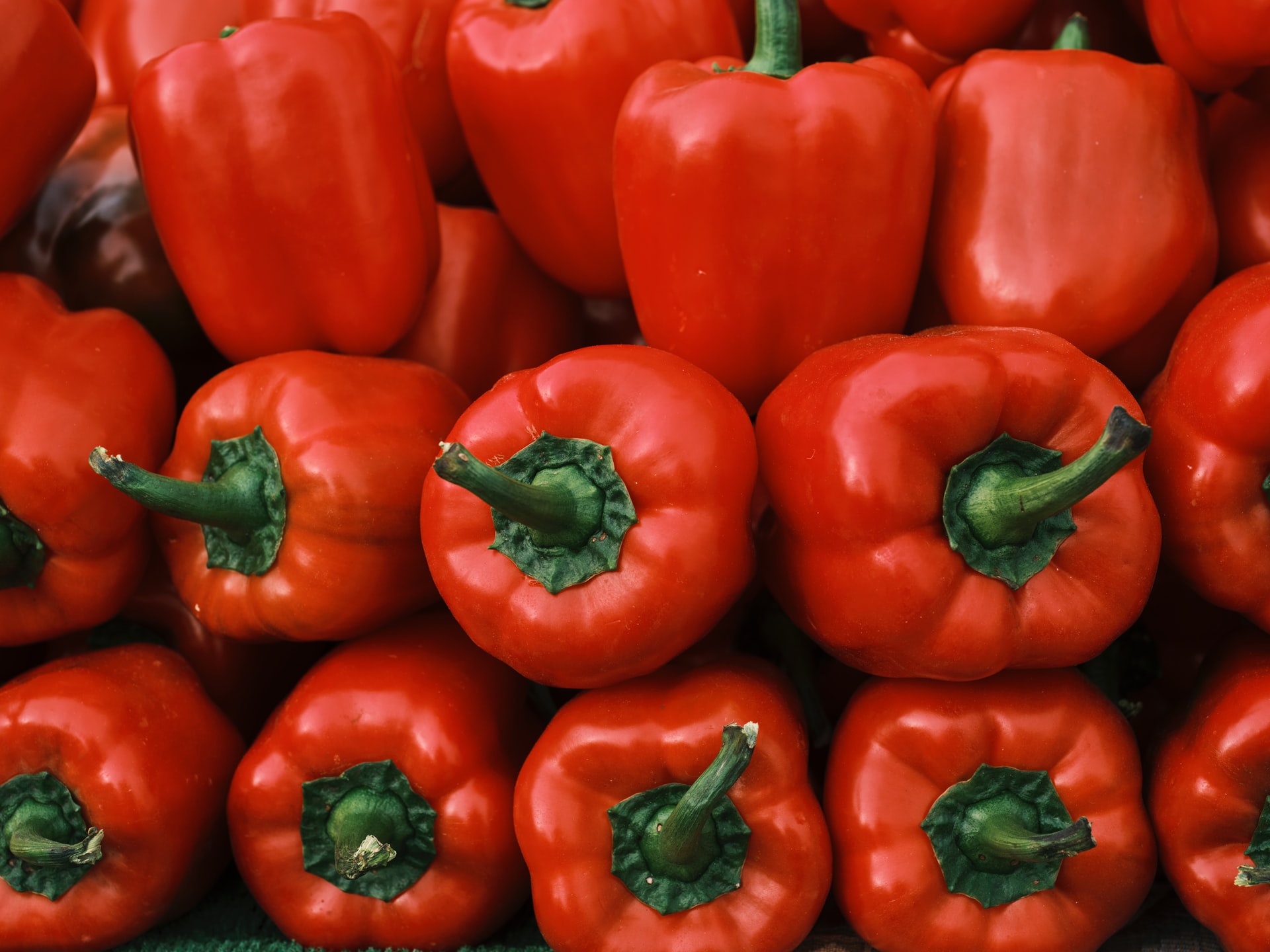A-Level Set Practicals – Osmosis in bell pepper pericarp tissue
Resource
To aid student understanding of key processes and their place across the whole of biology, we have developed resources to demonstrate the importance of osmosis. The PowerPoint slideshow, ‘Contexts for osmosis’ gives examples of how important osmosis is to plants and the processes that are driven by it, and the practical activity osmosis in bell peppers demonstrates this in real cells.
This resource is designed to meet the specifications for the A-level practical endorsement in England (CPAC). It is a new version of the classic osmosis practical measuring the weight change of tissues in various osmotic solutions using pieces of bell pepper (Capsicum annum) instead of potato. This is a reliable way for students to plot and use calibration curves in order to eventually work out the osmotic potential of the pepper cells.
In addition, the student preparation sheet incorporates turgor pressure with observation of the giant cells and microscopy of the endocarp of bell peppers. The giant cells are seen on the inside of a pepper when sliced open and can be popped with a mounted needle, showing that the cell contents is indeed under pressure. The cells of the endocarp have thick wavy cell walls which allow for expansion of the cells. Further questions and a suggested investigation with Visking tubing prompt thinking about turgor pressure in plants and why it is important.
This resource was developed in consultation with Jeremy Pritchard at the University of Birmingham whose research involves quantitatively measuring the pressure inside plants.
See what users have said about the resource
"This is not a set A level practical for us but we have used it for the last four years with year 10 in GCSE biology. The demonstration of turgor pressure is compelling, and students always remember it! The practical is SO much more straight forward than the traditional version with potato."
What's included?
- SAPS - A-level set practicals - Osmosis in bell pepper pericarp tissue - Student Preparation Sheet
- SAPS - A-level set practicals - Osmosis in bell pepper pericarp tissue - Student Sheet
- SAPS - A-level set practicals - Osmosis in bell pepper pericarp tissue - Teaching & Technical Notes
- SAPS - Context for osmosis - Teaching Notes